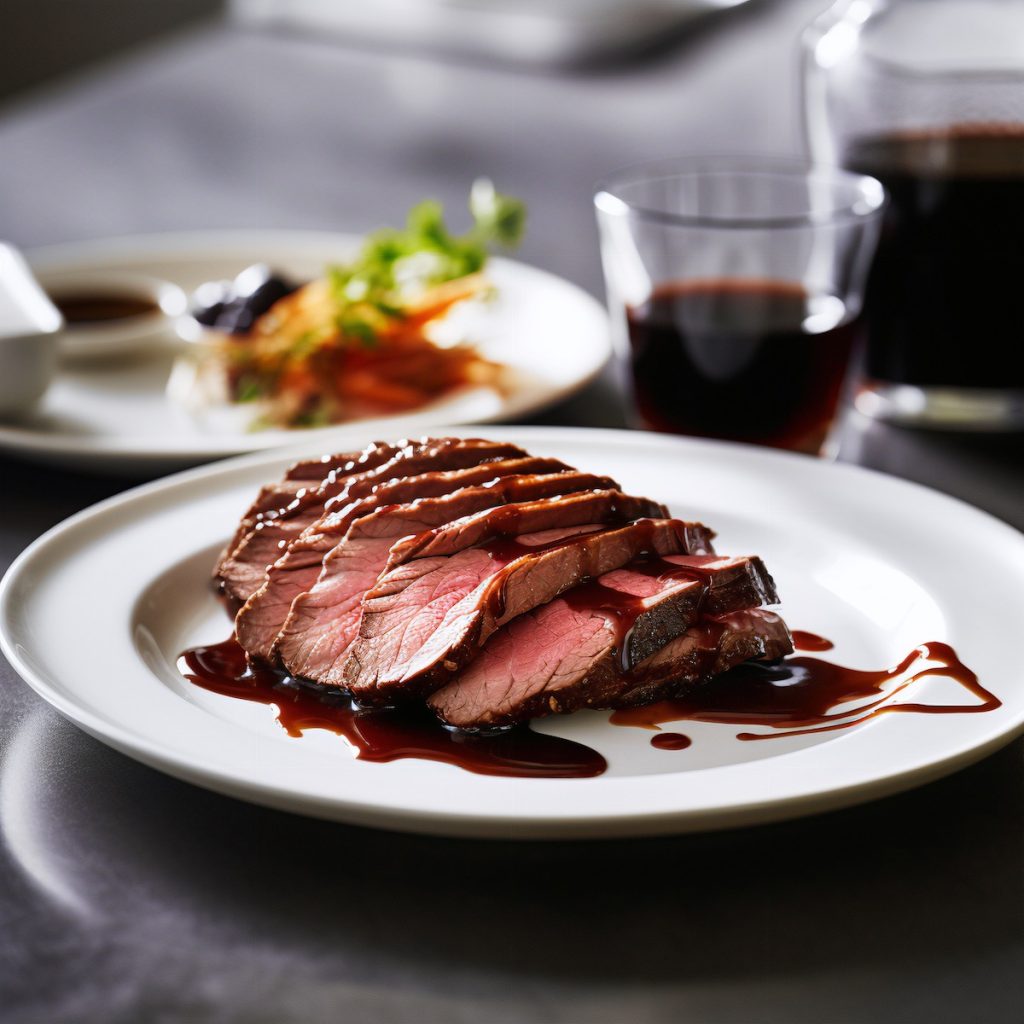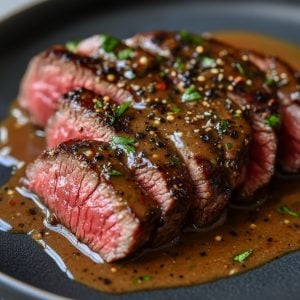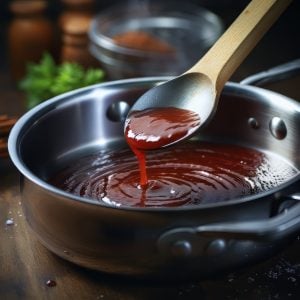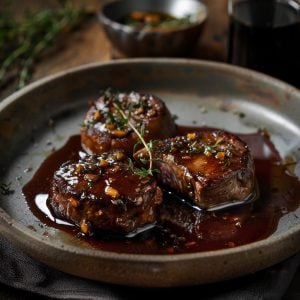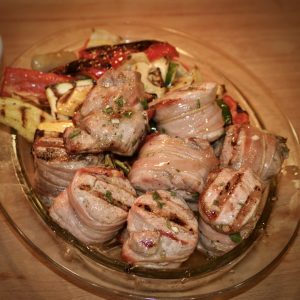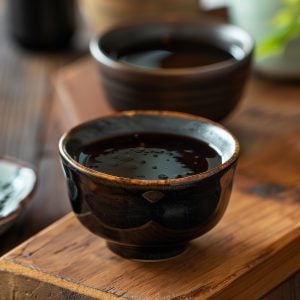How to Make Restaurant Quality Black Olive Sauce
Black olive sauce is made primarily from black olives, which are finely chopped or pureed to create a thick, flavorful sauce. The olives are typically combined with other ingredients such as olive oil, garlic, herbs (such as oregano or basil), capers, and sometimes anchovies or red pepper flakes to add additional depth of flavor.
The sauce can be served hot or cold and is often used as a topping for pasta, grilled meats, or as a dip for bread. It is a popular sauce in Mediterranean cuisine known for its bold, briny flavor.
Adding Demi Glace
If you want to add demi-glace to the black olive sauce, you can do so to enhance the flavor and texture of the sauce. Demi-glace is a rich and flavorful sauce made by simmering veal or beef bones with vegetables and aromatics, then reducing the liquid until it becomes a thick, syrupy sauce.
To incorporate demi-glace into the black olive sauce, prepare the sauce according to the instructions below. After the sauce is made, add the olives to the sauce and puree to desired consistency.
Adding demi-glace can add richness and depth of flavor to the black olive sauce, making it even more flavorful and savory. The resulting sauce can be served as a topping for grilled meats or vegetables or as a dip for bread.
Where Did Black Olive Sauce Originate?
It is difficult to determine the exact origin of black olive sauce, as it is a popular sauce in many Mediterranean cuisines and has been enjoyed for centuries. Olives are native to the Mediterranean region and have been a staple food for many cultures in the region, including the Greeks, Romans, and Egyptians.
Black olive sauce is often associated with Italian cuisine, where it is used as a topping for pasta or pizza and as a dip for bread. However, it is also popular in other Mediterranean countries such as Greece, Spain, and Morocco, where it is used in various dishes, including stews, tagines, and grilled meats.
Today, black olive sauce is enjoyed around the world and is a versatile sauce that can be used in many different dishes. Its origins are rooted in the rich culinary traditions of the Mediterranean region, where the bold, briny flavor of olives has been celebrated for centuries.
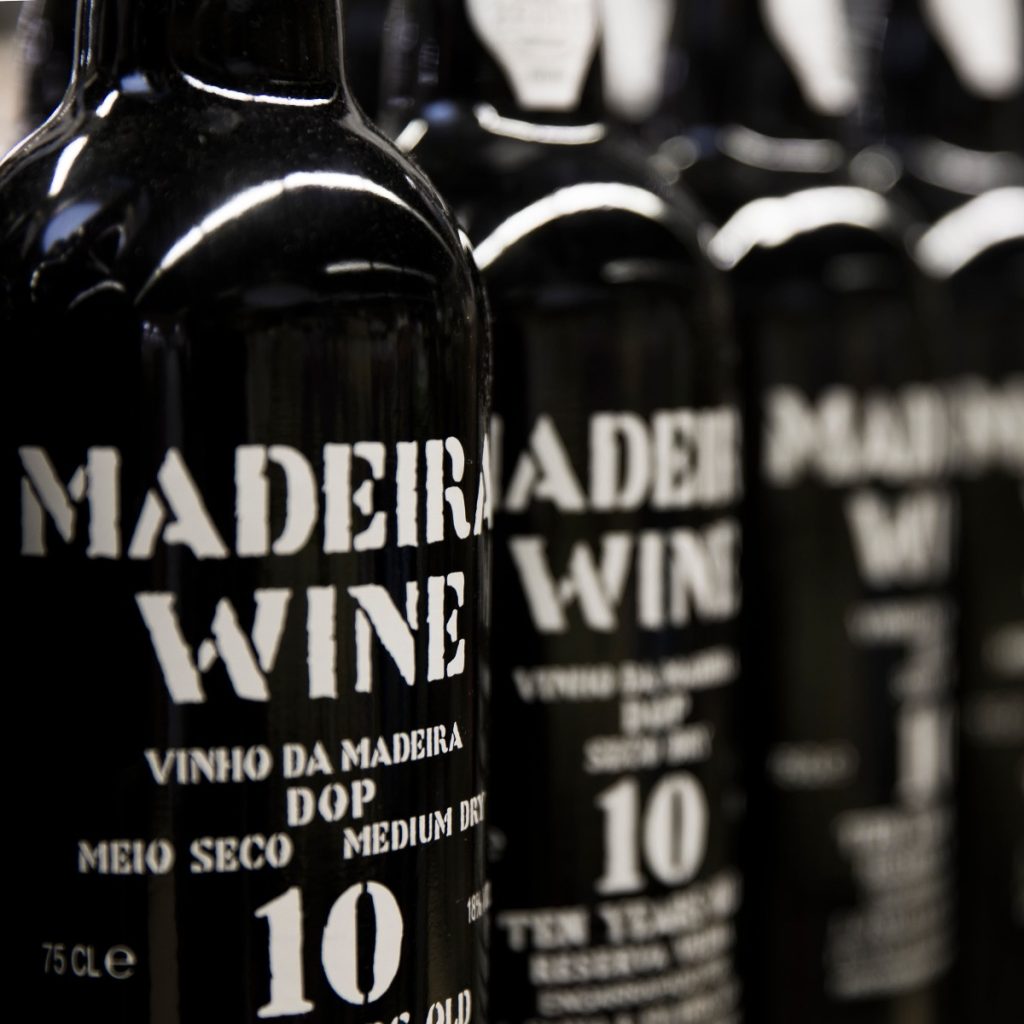
Madeira Wine
Madeira wine is a fortified wine produced on the Portuguese island of Madeira, located off the coast of Africa. The wine is made by adding a neutral grape spirit to a base wine and heating the mixture to accelerate the aging process. The heat treatment, known as estufagem, gives Madeira wine its distinctive flavor profile and makes it one of the most unique wines in the world.
Madeira wine can range from dry to sweet, depending on the grape variety used and the residual sugar level in the wine. The most common grape varieties used to produce Madeira wine are Sercial, Verdelho, Bual, and Malvasia (also known as Malmsey), each of which produces a different style of wine.
The aging process of Madeira wine is also unique. The wine is typically aged in oak barrels exposed to heat and oxidation, which causes the wine to develop complex flavors and aromas, including caramel, nuts, and dried fruit. Madeira wine is also known for its high acidity, which balances the sweetness of the wine and gives it a long, refreshing finish.
Madeira wine has a long history and has been enjoyed for centuries by people worldwide. It was popularized in the United States during the colonial era and was used to toast the signing of the Declaration of Independence.
Today, Madeira wine is still highly regarded for its unique flavor profile and is a favorite of wine enthusiasts and collectors worldwide. It is often enjoyed as an aperitif or digestif and is also used in cooking to add depth of flavor to dishes such as sauces and desserts.
This Sauce Is Best Served With:
Roast Lamb
Beef
Black Olive Sauce Recipe
Ingredients
- 4 shallots minced
- 4 cloves garlic minced
- 1 tablespoon whole black peppercorns
- 1 stick butter divided
- 2 cups Madeira wine
- 2 cups red wine
- 1 teaspoon fresh rosemary chopped
- 1 tomato diced
- 1 cup demi glace
- ½ cup Nicoise olives pitted & divided
- salt and freshly ground black pepper to taste
Instructions
- In a medium sized saucepan over medium high heat, sauté the shallots, garlic, and peppercorns in 1 tablespoon of the butter until the shallots are translucent.
- Add the Madeira, red wine, rosemary, and tomato and reduce by two-thirds.
- Whisk in the demi-glace until completely incorporated. Whisk in the remaining butter a little bit at a time. This will add richness as well as thicken the sauce.
- Strain through a fine sieve and transfer sauce to a blender.
- Add half the black olives and puree until smooth.
- Return the sauce to the pan, add salt and pepper if necessary.
- Roughly chop the remaining olives and add them to the sauce.
- If the sauce is too thin, reduce until the sauce is thick enough to coat the back of a spoon.

